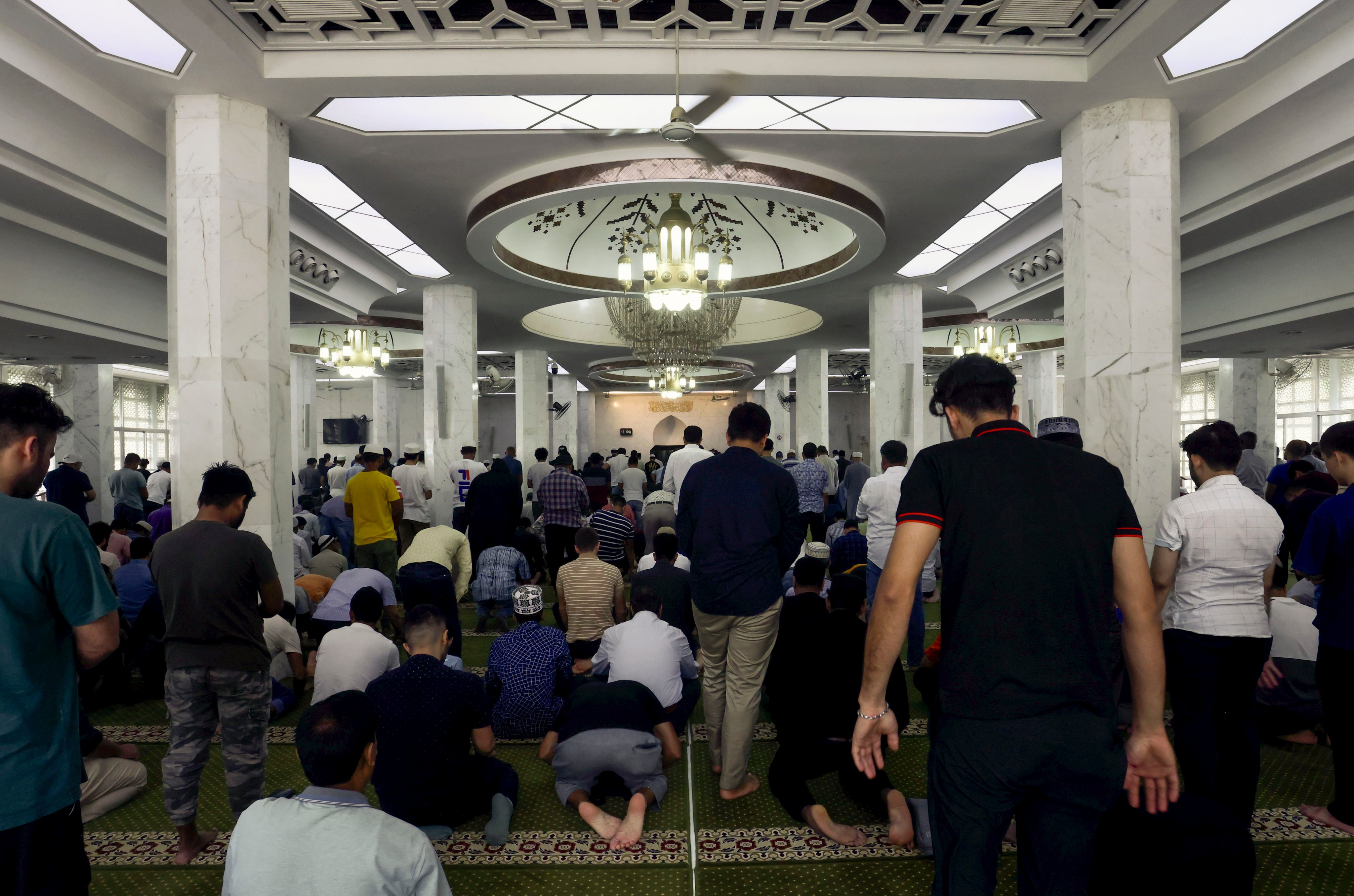
- A Tsim Sha Tsui landmark, the Kowloon mosque hosts Muslim men – and women – from many different countries for prayer and study
Most Hongkongers will have seen it, but far fewer will have ventured inside. Out of the five main mosques in Hong Kong, the Kowloon Masjid – masjid meaning “mosque” in Arabic – is the largest in the city and the oldest in Kowloon.
Thousands of people pass it every day, given its prime location outside Tsim Sha Tsui MTR station’s A1 exit.
The neighbourhood is a must-visit area for tourists, where they can shop, dine and catch an amazing view of Victoria Harbour. For locals, it is a popular meeting place.
People do not notice the mosque just because of where it is. The large white square edifice features arabesque window decorations on all sides, making it instantly stand out from its surroundings.
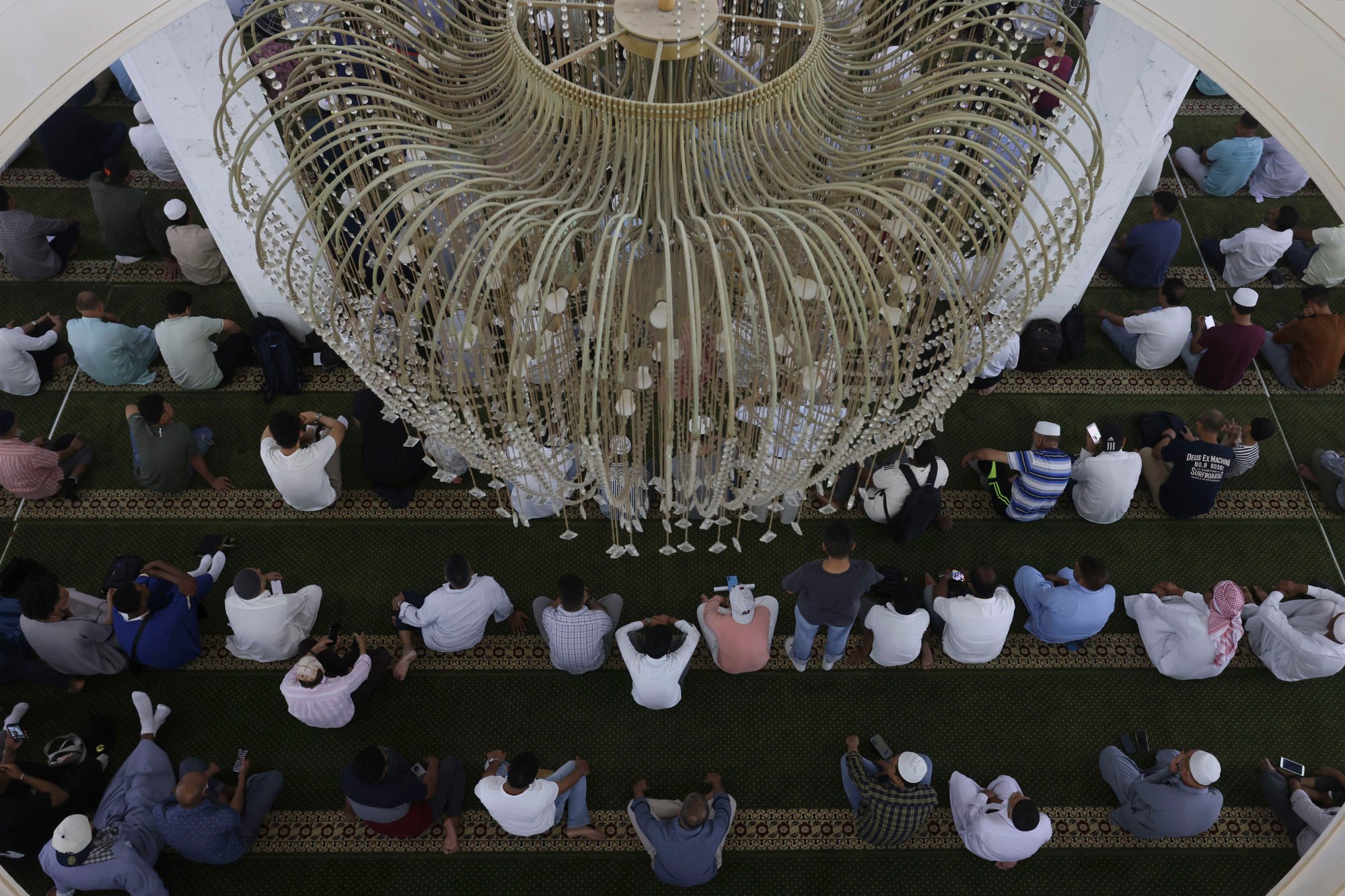
A pointed dome protrudes from the centre of the structure’s roof, while minarets rise 11 metres (36 feet) from each of its four corners.
Many pedestrians, especially tourists, throw curious glances at the mosque from beyond the fence that separates the building from Nathan Road. Some even stop to discuss whether they should go and see what is inside.
For many non-Muslims, it is a mystery whether they are allowed in. Nearly all decide to keep walking.
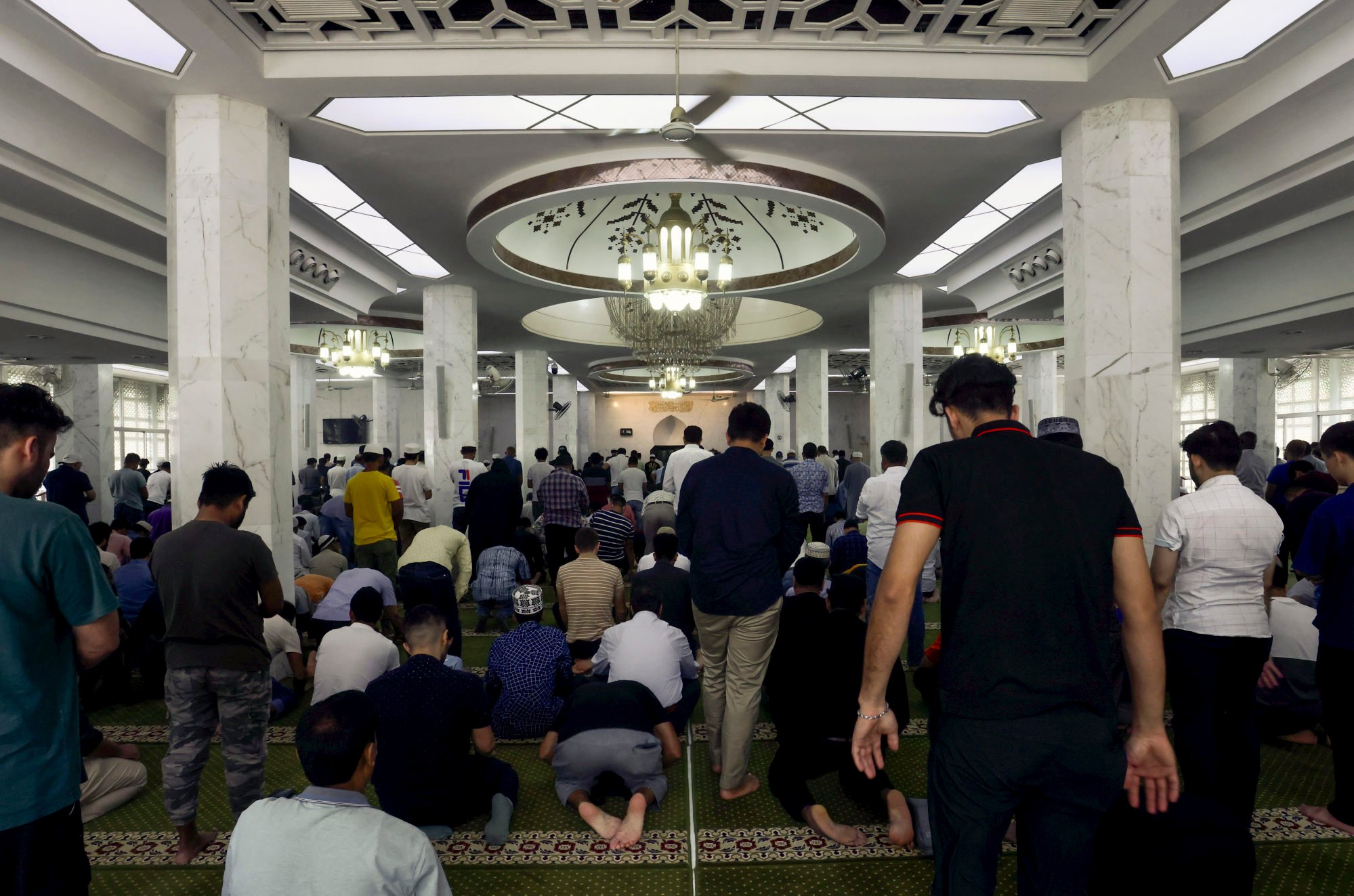
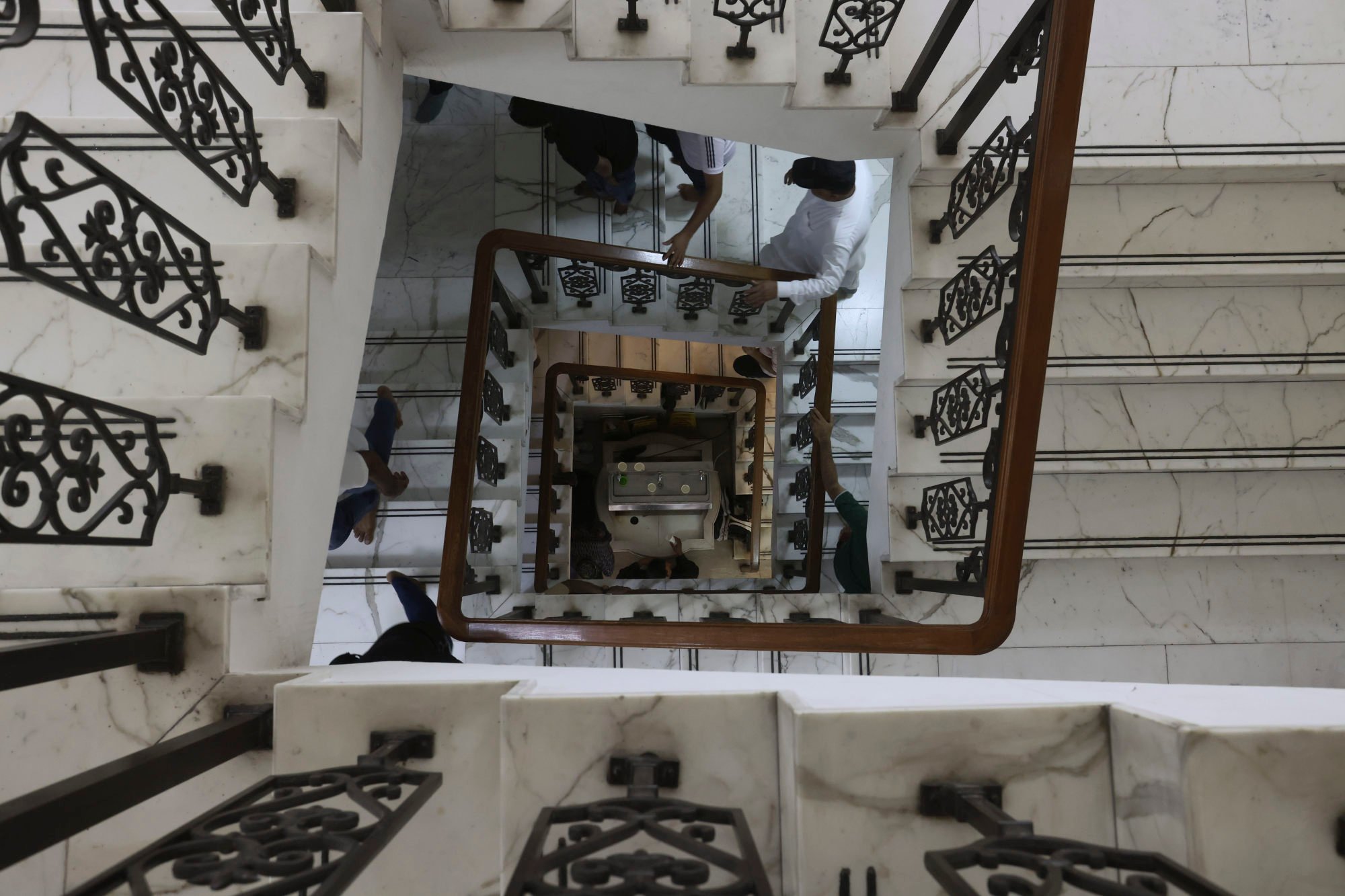
Mufti Muhammad Arshad, the chief imam of Hong Kong, and the imam and khatib of the Kowloon Masjid since 2001, says everyone is welcome.
For many of the roughly 1.9 billion Muslims around the world, mosques are indispensable parts of their lives. It is where they can gather to pray, which they do facing Mecca, the birthplace of Islam’s founding prophet, Muhammad.
People also gather in mosques to celebrate the most important religious holidays, such as Eid al-Fitr, the day that marks the end of Ramadan.


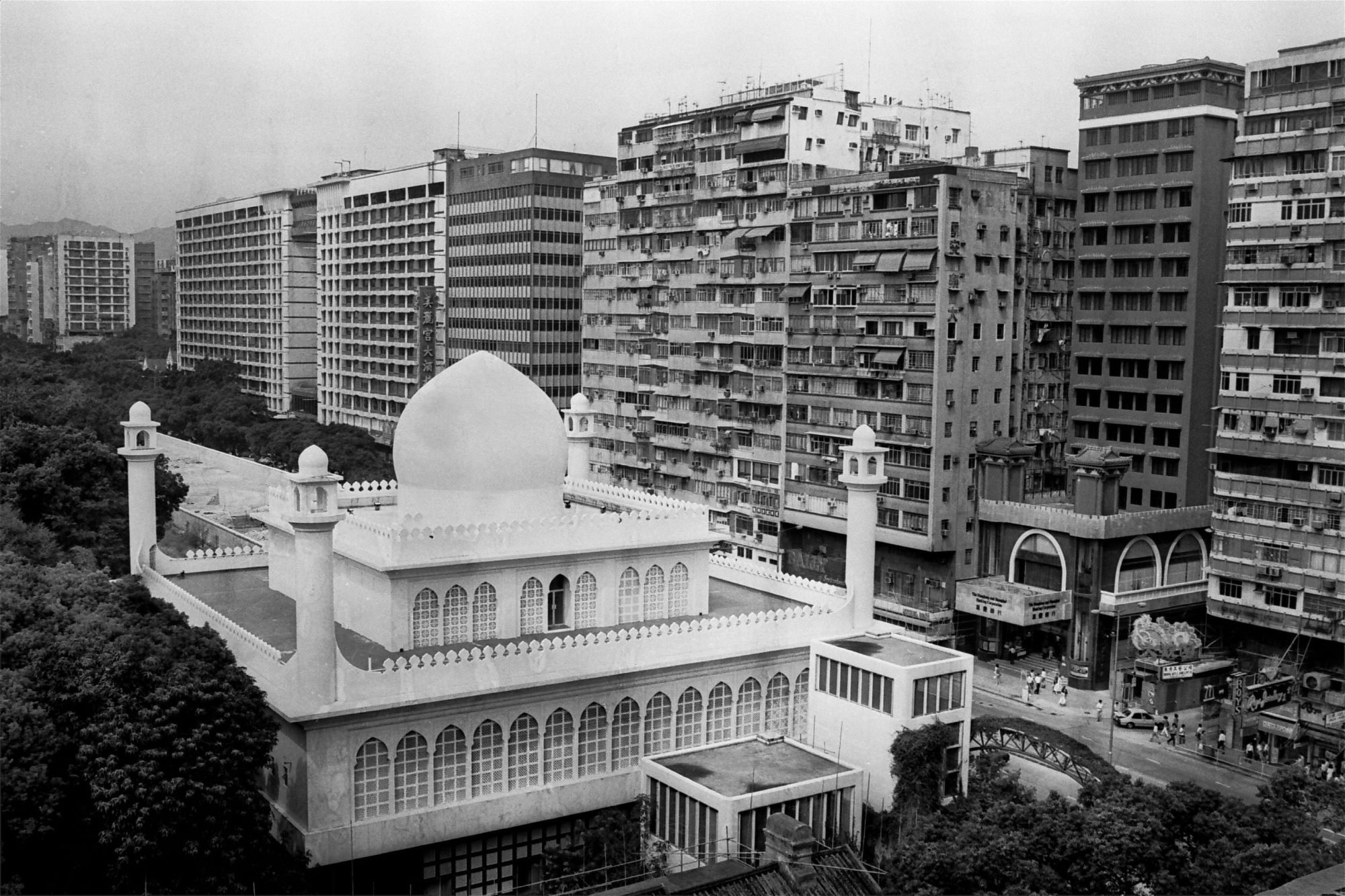
What makes the mosque unique is the diversity of the Muslim community in Hong Kong. Although the 300,000 Muslims in the city make up but a small fraction of its total population of 7.5 million, they exhibit great ethnic diversity.
The largest group, at around half, are Indonesians – mostly foreign domestic helpers – followed by 50,000 Chinese and 30,000 Pakistanis, according to government estimates.
The remainder include Indians, Bangladeshis, Turks and people from various African countries.
Such diversity is best seen on Fridays, when the congregational noon prayer, called Jum’ah, is held. Jum’ah is mandatory for male Muslims and recommended for female Muslims.
The mosque’s prayer hall, a beautiful space with light green carpets, fills up completely with men of various ethnic backgrounds, ages and attires.
There are young black men with dreadlocks in African dashikis sitting next to elderly South Asian men with big, bushy beards wearing white Muslim robes and caps.

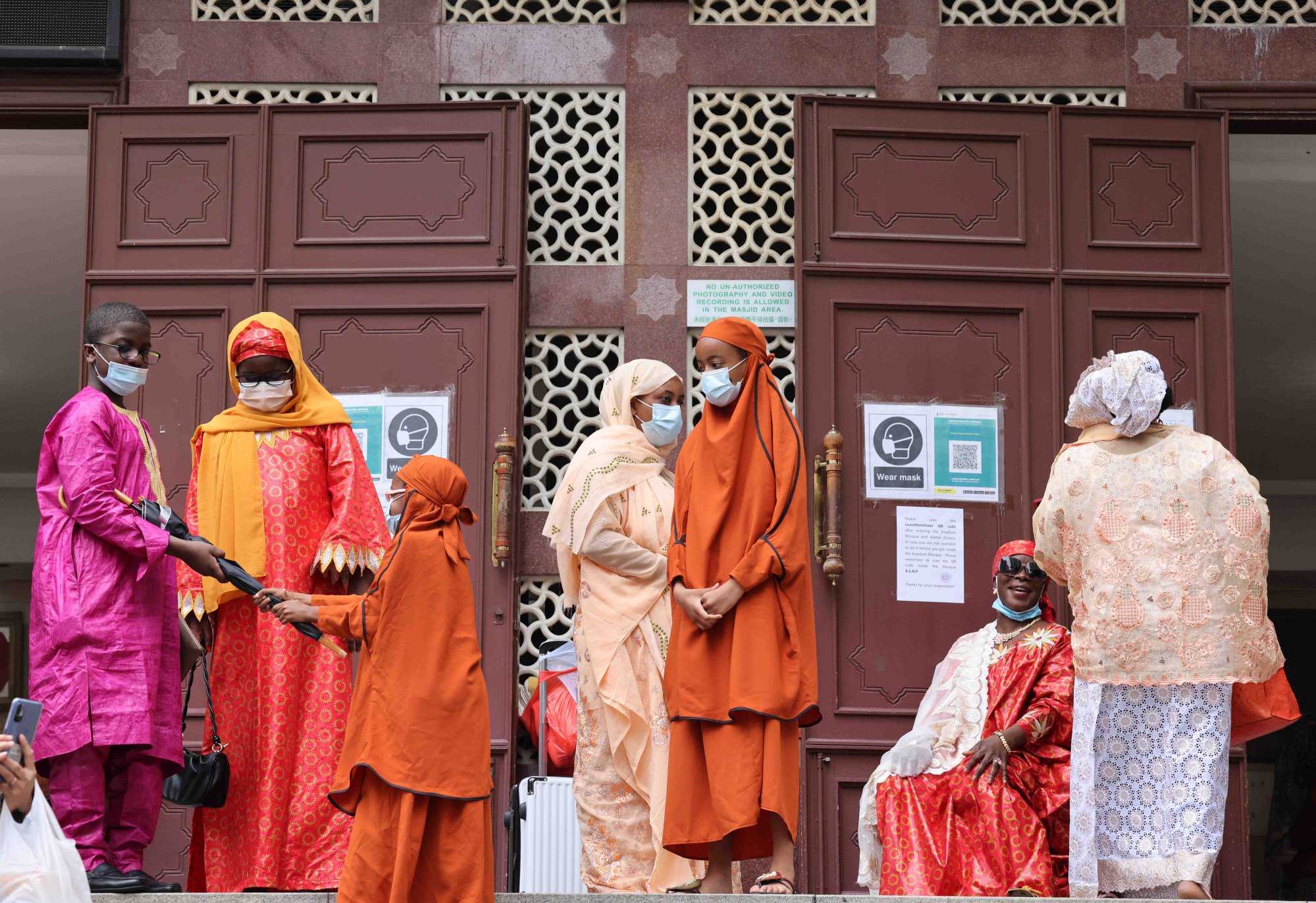
Women worshippers wearing hijabs gather in a separate space, as Islamic rules require men and women to pray separately.
The imam gives his sermon in three languages – Urdu, English and Arabic – to speak to all worshippers. Once the sermon is over, it is time for the prayer. Men stand shoulder to shoulder, holding their forearms with opposite hands with their eyes closed.
The chief imam chants first. When everyone in the hall chants back and prostrates at the same time, they are so in sync that it seems like they have become one large organism.
When they are all fully prostrated, their foreheads and noses touching the carpet, their ethnic and external differences vanish. It is an incredible sight, difficult to imagine for those who have not seen it.
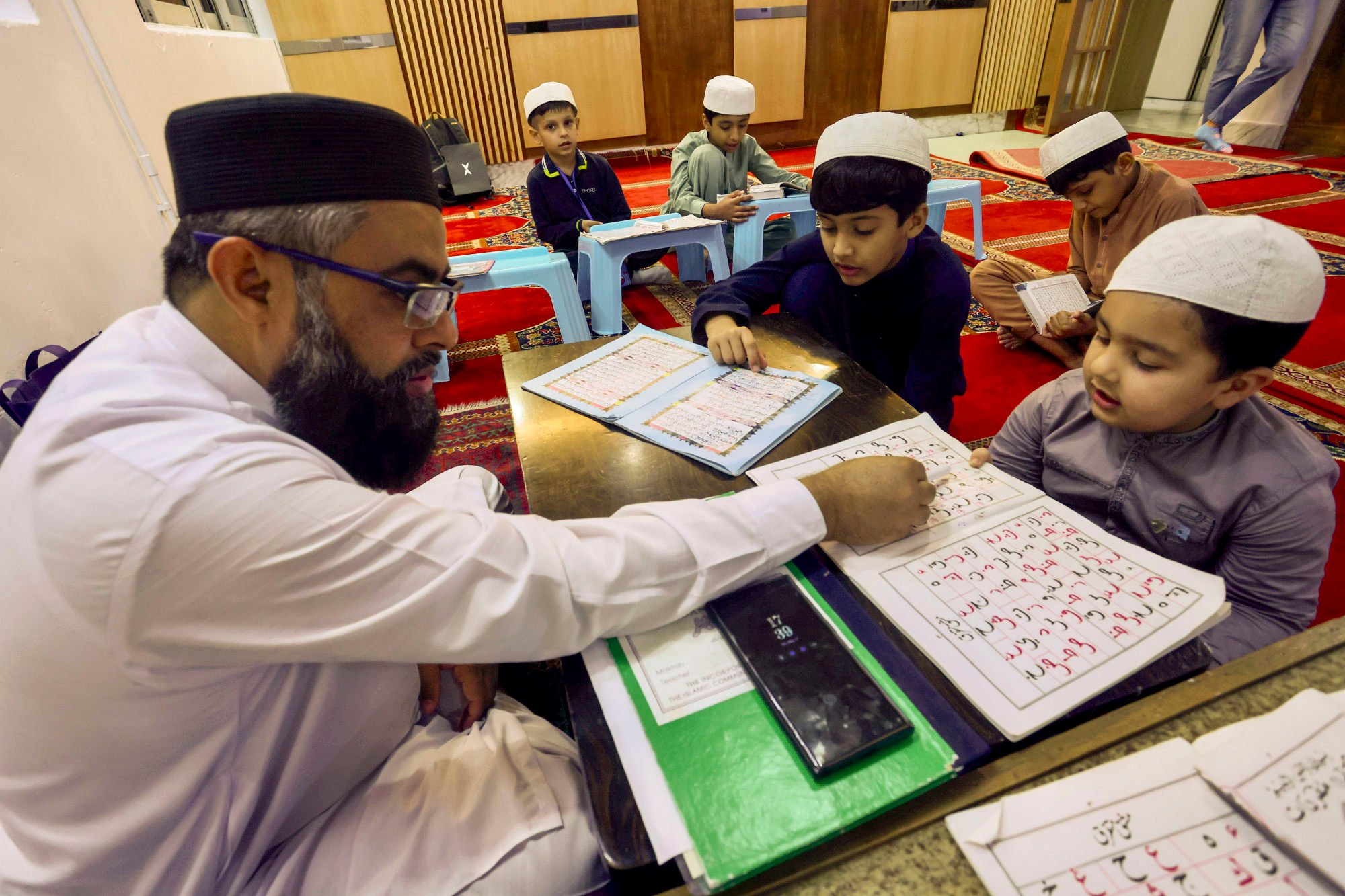
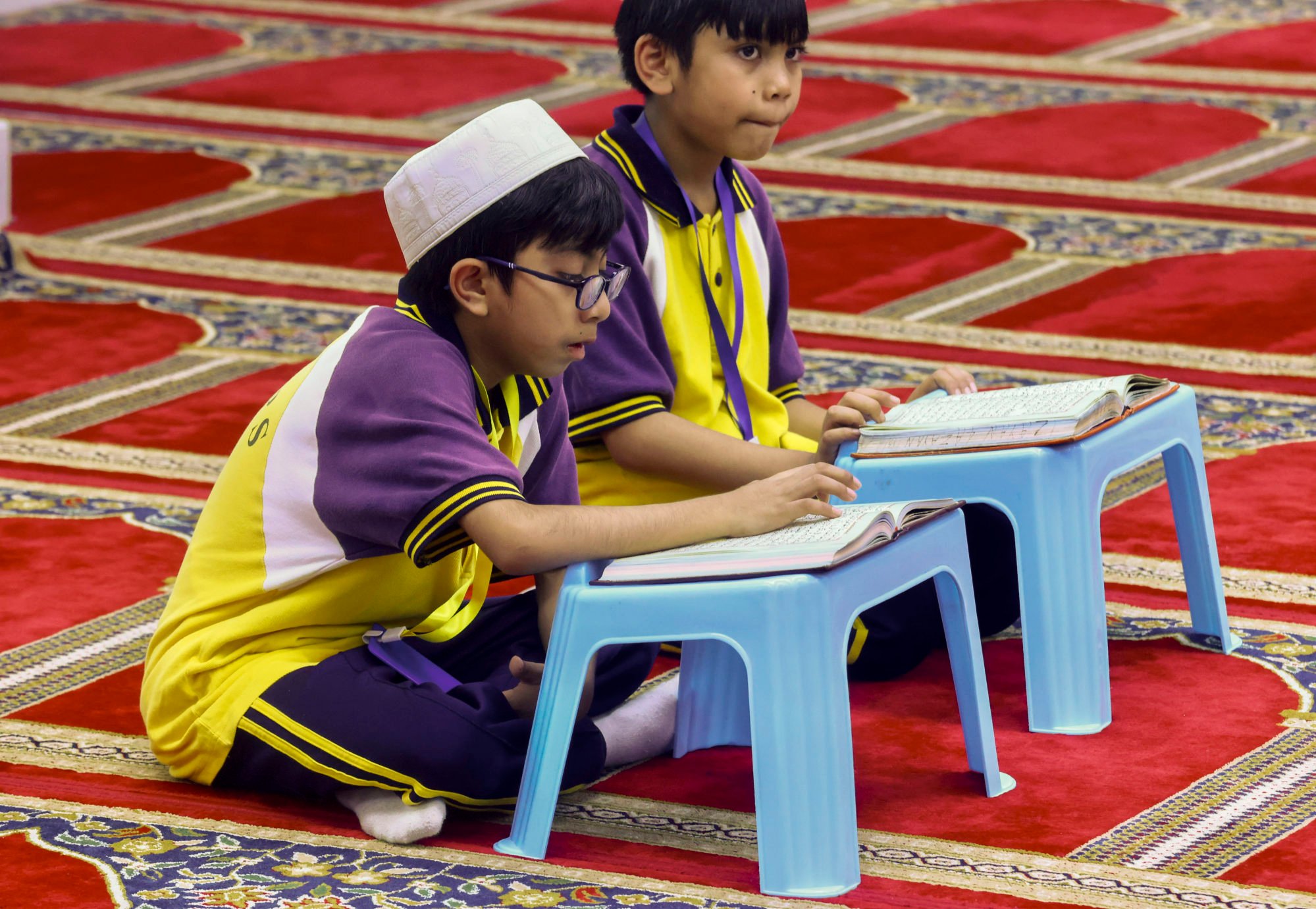
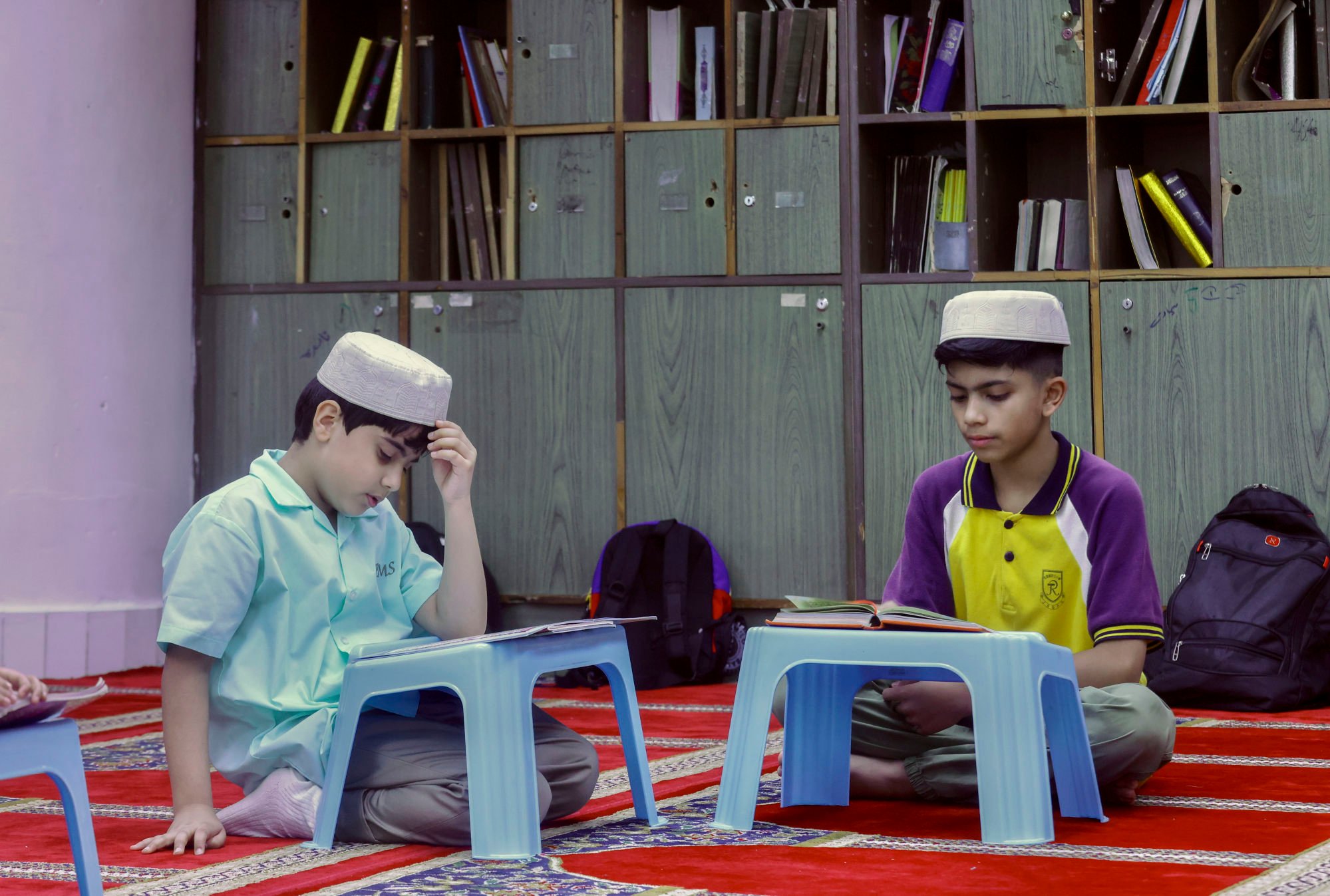
While the older Muslims gather regularly in the mosque for prayers, younger ones come to study the Koran, the holy book of Islam, with tutors. Just like the prayer sessions, the lessons are divided between boys and girls.
The mood is much lighter here than in the prayer hall. Young boys, many of them wearing white Muslim caps, rock their bodies rhythmically as they sing verses from the Koran in Arabic.
It seems likely that these young Hongkongers will join the adults in the prayer hall in time, whether it be in the Kowloon Masjid, or at another mosque somewhere else in the world.

